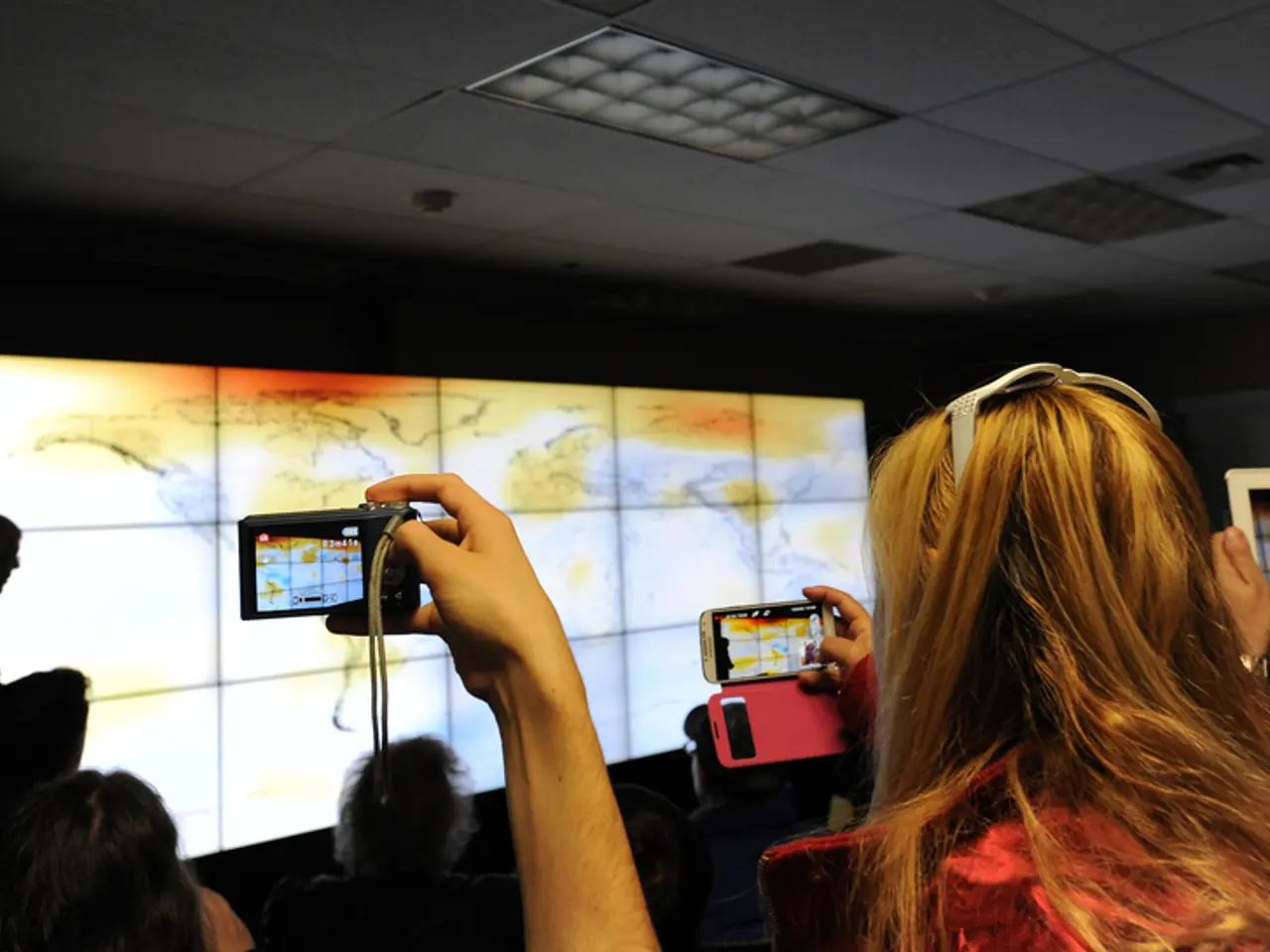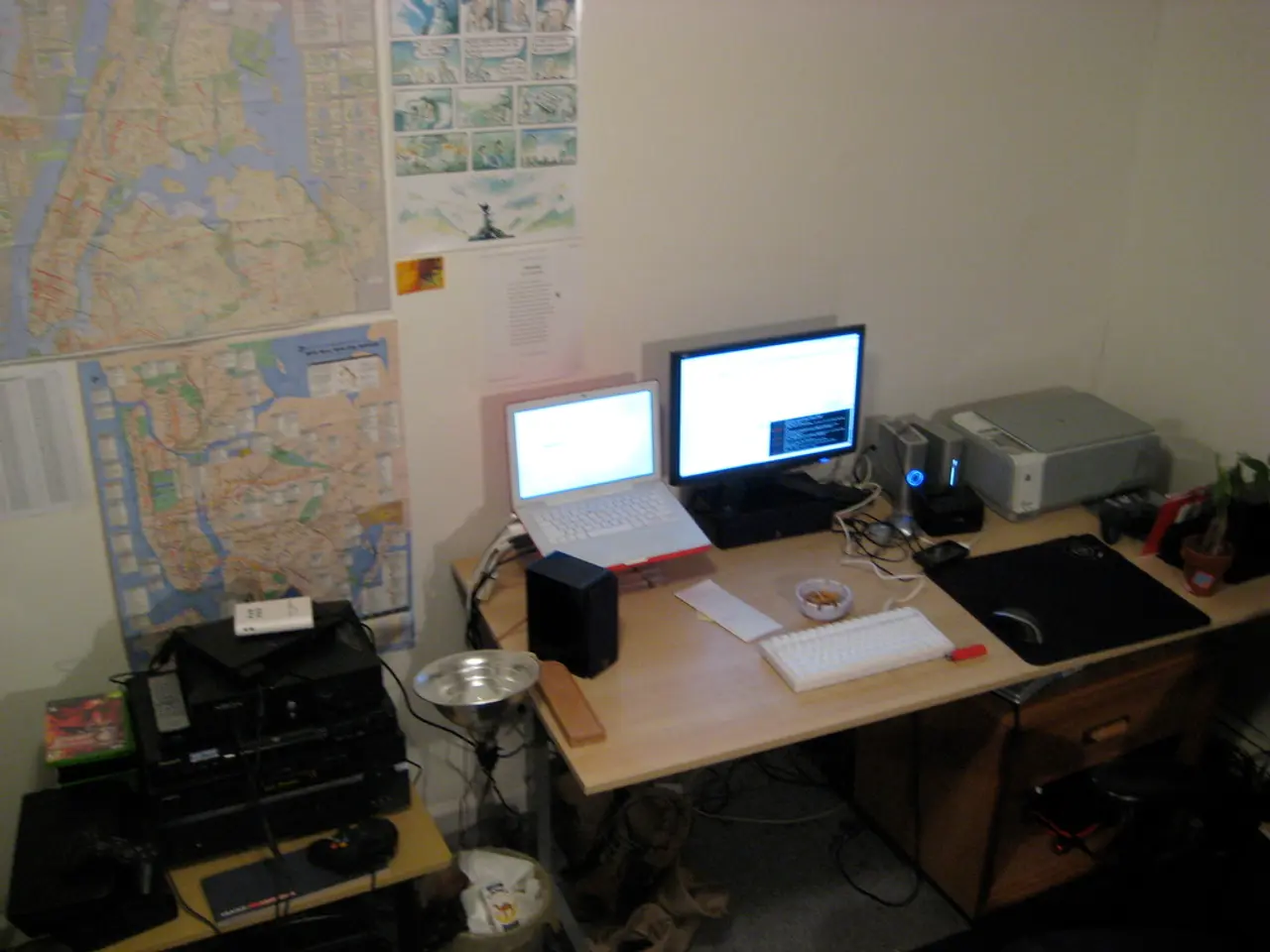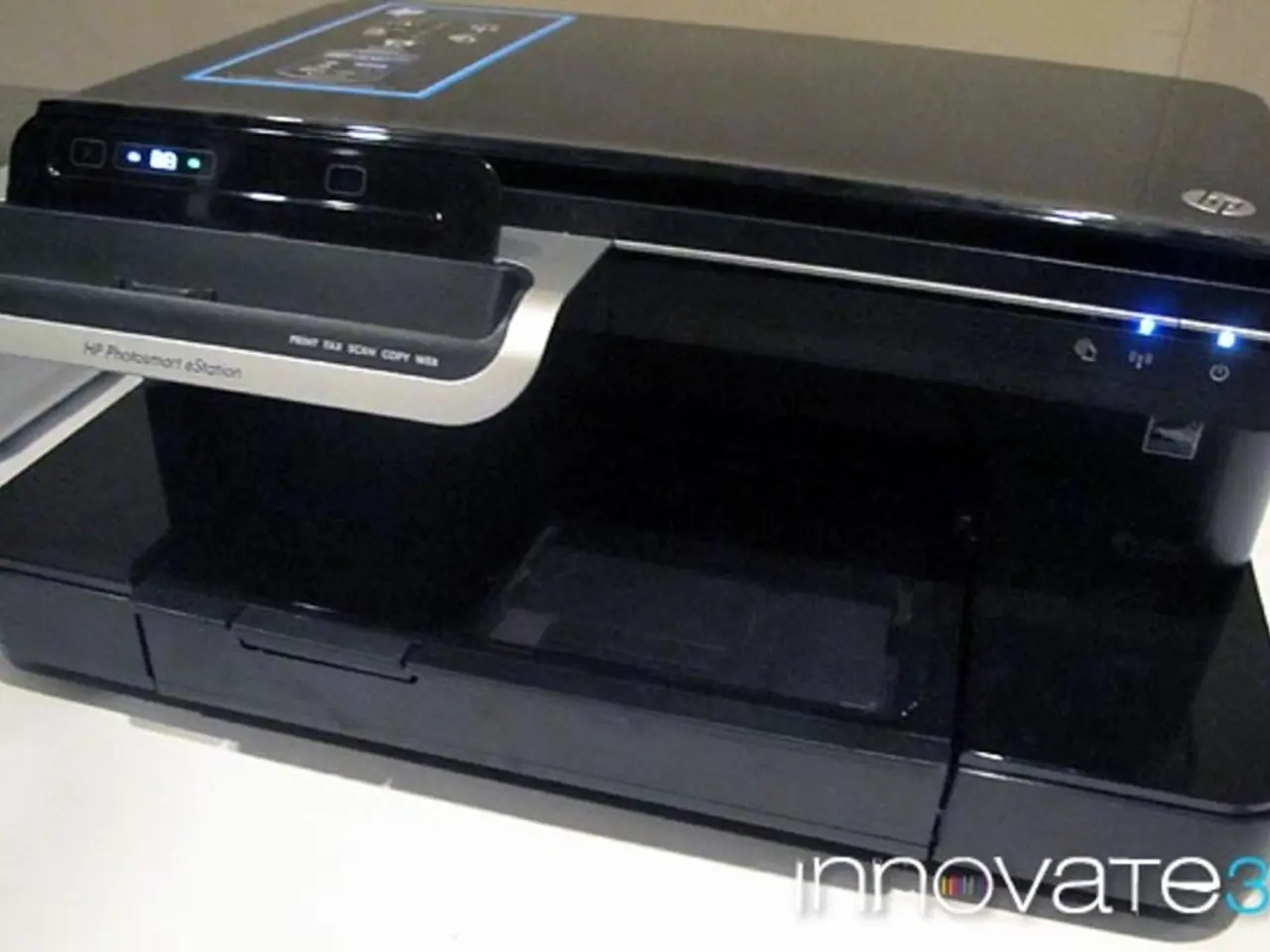Analysis: Description of a swift video processing circuit layout development
In the fast-paced world of modern technology, high-speed video PCBs play a crucial role in diverse industries such as automotive, healthcare, consumer electronics, and defense. These boards, designed with meticulous attention to signal integrity, thermal management, layer stack-up, grounding, and manufacturing constraints, ensure reliable, low-noise, and high-performance operation.
Key Design Considerations
Layer Stack Management and Controlled Impedance
A multilayer PCB with a symmetrical stack-up, alternating power and ground planes adjacent to high-speed signal layers, is essential for high-frequency video signals. This setup ensures controlled impedance, preventing reflections and losses. Impedance control should maintain a tolerance of +/-10%, especially for differential pairs used in video signals like HDMI and LVDS. Assigning dedicated ground planes also helps provide low impedance return paths and minimise noise. Separate analog and digital grounds should be connected at a single point to reduce interference.
Power Delivery and Decoupling
Implementing separate power planes or islands for different voltage levels (e.g., core logic, I/O) reduces crosstalk and noise coupling. Placing decoupling capacitors of multiple values close to power pins of ICs stabilises voltage and reduces transient noise.
Signal Routing Practices
Maintaining consistent impedance and minimising trace length and via usage on high-speed video paths is crucial. Use differential pair routing with tight coupling and proper spacing. Route critical clock lines first with maximum shielding from ground layers. Follow manufacturing rules such as minimum trace-to-trace spacing and verify BGA escape routing to ensure feasible fabrication.
Via Design and Placement
Use appropriate via types considering signal integrity and manufacturability. Avoid excessive via stubs and utilise back-drilling or via-in-pad for reducing parasitic inductance and resistance, which degrade high-speed signals.
Thermal Management
Use thermal vias under high-power components and copper balancing techniques to ensure even heat dissipation, critical for automotive and defense PCBs where environmental extremes exist.
Environmental and Functional Testing
Conduct thorough prototype testing including functional, environmental (temperature, humidity, vibration), and signal integrity validation to ensure reliability in harsh conditions applicable to sectors like automotive, healthcare, and defense.
Sector-Specific Considerations
- Automotive: Emphasise EMI/EMC compliance, automotive-grade materials, and thermal resilience for under-hood or in-vehicle networks processing high-speed video from sensors or cameras.
- Healthcare: Ensure low noise and high reliability for medical imaging and diagnostic systems, with strict layout segregation between analog and digital sections.
- Consumer Electronics: Focus on cost-effective multilayer PCB designs with controlled impedance suitable for high-speed video streaming and display interfaces.
- Defense: Prioritise durability, ruggedness, and hardened PCB materials along with robust grounding and shielding to maintain signal fidelity under extreme conditions.
The high-speed video board designed by Sierra Circuits is a prime example of the careful integration of these design principles. The 10-layer board, measuring 9" x 3" (228.6 x 76.2 mm) with 4 power layers and 6 signal layers, was designed to meet the stringent requirements of high-speed video PCBs across these varied application domains.
Design Challenges
The irregular shape of the board presented a challenge as it had to fit into a specific form factor. The connectors had to be placed in specific locations due to the board's shape, which affected the placement of associated components. The board's density and specific connector placements also made the routing and placement procedure more challenging than anticipated.
Despite these challenges, the team at Sierra Circuits successfully fabricated a board that maintains all specifications and delivers high performance. The guide they created covers explanations of signal integrity issues, understanding transmission lines and controlled impedance, the selection process of high-speed PCB materials, and high-speed layout guidelines. This comprehensive guide, consisting of 8 chapters, 115 pages, and a reading time of approximately 150 minutes, is available for download for further reference.
In the automobile industry, high-speed video boards facilitate navigation systems, control systems, and sensors in vehicles. In the healthcare industry, they are used in advanced medical equipment, diagnostics, and monitoring devices, with miniaturised cameras playing a vital role in diagnostics. In consumer electronics, high-speed video boards support high-resolution in devices ranging from computers to smartphones. In the defense sector, high-speed video boards are used in strategic defence equipment like missiles, and are part of monitoring, navigation, control, and communication systems.
In one notable application, RF Bluetooth of 2.4 GHz was considered in this high-speed video board, which transmits signals over a shorter distance using high-quality radio waves. This board, along with the expertise of the PCB design team at Sierra Circuits, demonstrates the versatility and importance of high-speed video PCBs in today's interconnected world.
Technology plays a vital role in the design and development of high-speed video PCBs, which are controlled impedance technology-enabled boards, ensuring reliable, low-noise, and high-performance operation in diverse industries like automotive, healthcare, consumer electronics, and defense. In designing these boards, key considerations include layer stack management and controlled impedance, power delivery and decoupling, signal routing practices, via design and placement, thermal management, environmental and functional testing, and sector-specific considerations for each industry.




